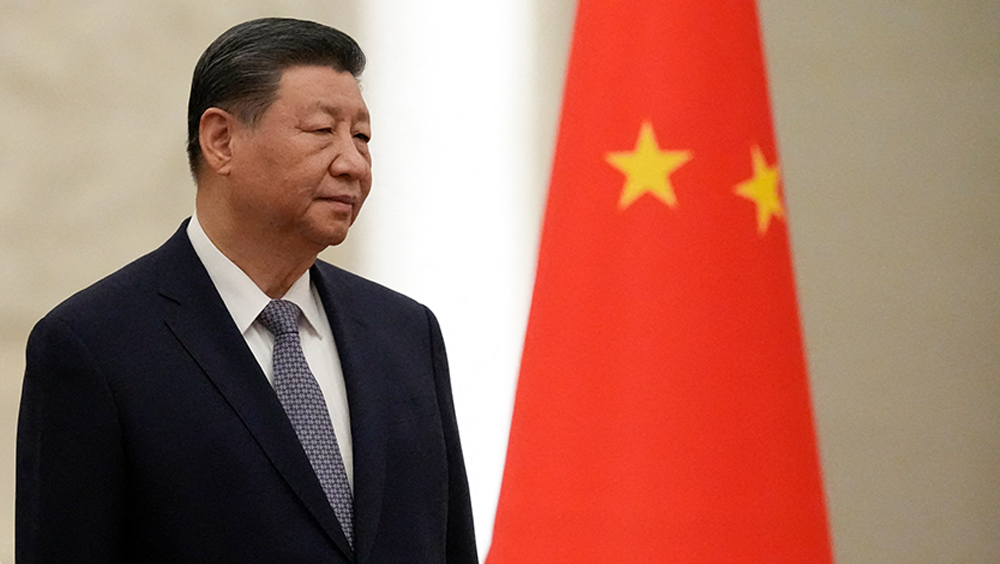China launches key module of space station planned for 2022
China sent into space the core module of its space station on Thursday morning, kicking off a series of key launch missions that aim to complete the construction of the station by the end of next year.
Tianhe, meaning Heavenly Harmony, was hurtled into space aboard a Long March-5B Y2 rocket from the Wenchang Spacecraft Launch Site in the southern Hainan Province shortly after 11:20.
Chinese Premier Li Keqiang, also member of the Standing Committee of the Political Bureau of the Communist Party of China (CPC) Central Committee, and Wang Huning, member of the Standing Committee of the Political Bureau of the CPC Central Committee and member of the Secretariat of the CPC Central Committee, witnessed the launch of the core module from the China Manned Space Engineering Office in Beijing.
The Tianhe module will act as the management and control hub of the space station Tiangong, meaning Heavenly Palace, with a node that could dock with up to three spacecraft at a time for short stays, or two for long, according to Bai Linhou, deputy chief designer of the space station at the China Academy of Space Technology (CAST), under the China Aerospace Science and Technology Corporation.
Tianhe has a total length of 16.6 meters, a maximum diameter of 4.2 meters and a takeoff mass of 22.5 tons, and is the largest spacecraft developed by China.
As the foundation of the station, Tianhe will help China's aerospace engineers carry out the verification of key technologies, including flexible solar wings, in-orbit assembly and maintenance, and above all a new life support system.
The space station will be a T-shape with the core module at the center and a lab capsule on each side. Each module will be over 20 tons. When the station docks with both manned and cargo spacecraft, its weight could reach nearly 100 tons.
The station will operate in the low-Earth orbit at an altitude from 340 km to 450 km. It has a designed lifespan of 10 years, but experts believe it could last more than 15 years with appropriate maintenance and repairs.
The station is also expected to contribute to the peaceful development and utilization of space resources through international cooperation, as well as to enrich technologies and experience for China's future explorations into deeper space, Bai said.
China aims to become a major space power by 2030. It has ramped up its space program with visits to the moon, the launch of an uncrewed probe to Mars and the construction of its own space station.
(Source: Reuters)

Trump escalates tariff row with fresh EU threats, February 1 China deadline

Putin vows to consolidate China ties after Trump inauguration

China expresses ‘unwavering’ support for Lebanon’s sovereignty
US mercenary firms to take charge of key Gaza checkpoints: Report
‘Largest deportation in history’: US arrests, deports hundreds of immigrants under Trump
Iran censures West's double standards, unfair human rights mechanisms
On heightened watch: IRGC warns extra-regional players as naval drills get underway
Eight Iranians shortlisted for Beach Soccer Stars 2024
VIDEO | Press TV's news headlines
Iran, Oman agree to eliminate tariffs, elevate customs cooperation
Iran's vice president, UAE president discuss environmental challenges






 This makes it easy to access the Press TV website
This makes it easy to access the Press TV website